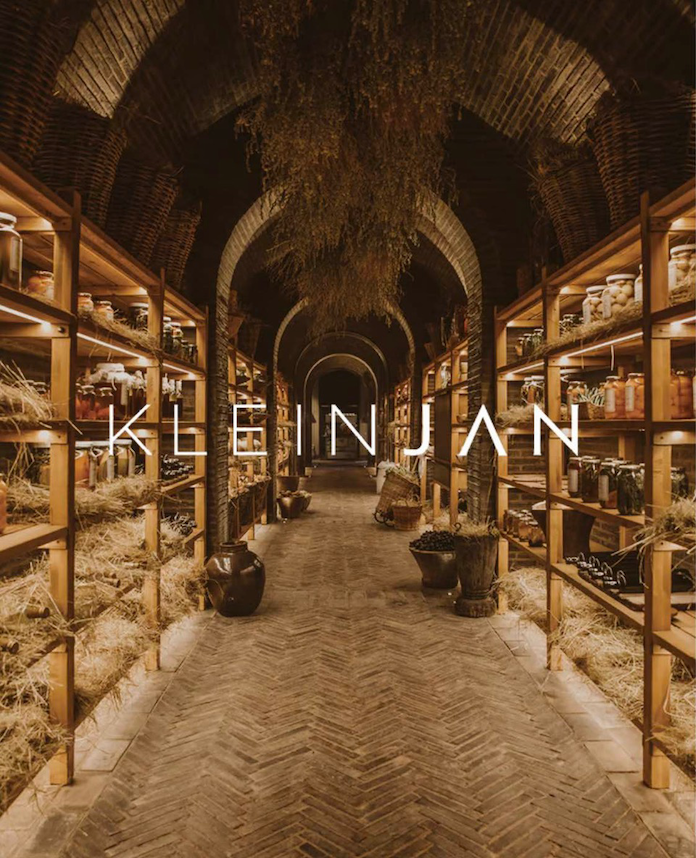PLATTER PERFECT
PUTTING TOGETHER A GREAT GRAZING BOARD
It’s all about the occasion. Platters can fill a gap between meals, replace meals in some instances, and even serve as the main attraction at a party. The only difference between a platter for one, two or sixteen is what (and how much) you put on it. All you need is to strike a good balance – and get out your most striking platter pieces.

THE SURFACE
Some of us bring out a repurposed bottom from a French oak barrel – full of character and history – while others opt for a thoroughly modern, contemporary set of designer platter ware or a block of marble. Whatever your vibe, you can serve your tapas and snacks on an old bread board for all it matters, as long as the food looks great and tastes amazing. There’s something less formal about grazing, anyway, so don’t be afraid to mix and match.
THE BAKKIES
This is where the hoarder in you finally gets her revenge. Finally, every little hand-me-down tray and crystal, porcelain or stoneware bowl, plate and bakkie you’ve collected (or made) over the years can come out to play – and the more, the merrier. Have some fun! Olive tapenade (granny’s old mint humbug jar), prosciutto (that gorgeous little slab of cream-coloured marble you found at that second-hand shop five years ago in Graaff-Reinet), cheese (an oddly shaped wooden board no one else at the church bazaar wanted) … just tie it all together with a beautiful arrangement of flowers or preserved quinces and peaches.

THE CHEESE
When standing in front of the cheese shelf, it’s easy to get overwhelmed, but don’t overcomplicate it. Firstly, don’t measure its value by how much you get. Splash out on good cheese and good charcuterie and all that remains is to fill the rest of the platter with fresh, crunchy fruits, veggies and a few preserves. The better the quality of the cheese, the better the flavour.
Variety is key here. When catering for two, go for three different styles of cheese, like a soft white camembert-style cheese, a medium hard cheese like Comté or Emmental, and a blue cheese. For up to six people, add two more, like a washed-rind, pungent, creamy cheese (Époisse or Munster-style soft cheese), and a firm Boerenkaas. For more guests, don’t get more cheese, rather opt for a great quality butter, a fruit and nut loaf, freshly sliced apple (great palate cleanser), fresh figs and grapes. And then, you can never go wrong with walnuts, especially when toasted.
THE CHARCUTERIE
The Italians and the French are famous for their contributions to the cured meat arena, but South Africa’s contribution is by no means inferior. Don’t overlook the impact that a good terrine or fine slithers of parma ham can have on your platter, but what else is a saucisse sèche than droëwors without the enticing spices? Your platter is a journey, and the better travelled, the more memorable. So, don’t forget to anchor your platter-with-a-passport with elements from home.
THE CRUNCH
You won’t often find crackers on a French cheese and charcuterie platter, as there are few scenarios in which the baguette (or its extended family) won’t do. But don’t let that put you off your sesame water biscuits or Salticrax. You do you. When you know you’re going to be hosting a gathering, though, why not opt for both. It just adds that extra touch of variety. You can never go wrong with a crusty loaf resembling a baguette or ciabatta, but also look for interesting varieties on the theme, like olive or wine-infused breads and garlicky focaccias, but a Cape seed loaf can also add that unmistakable touch of home.















